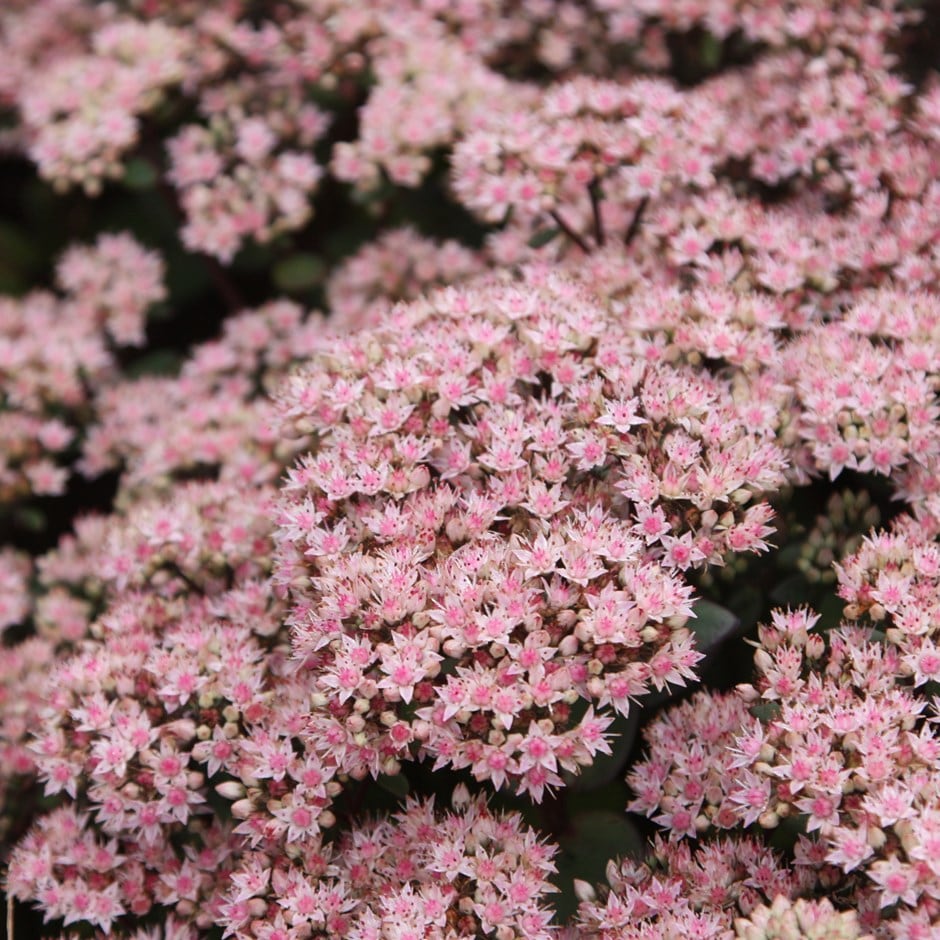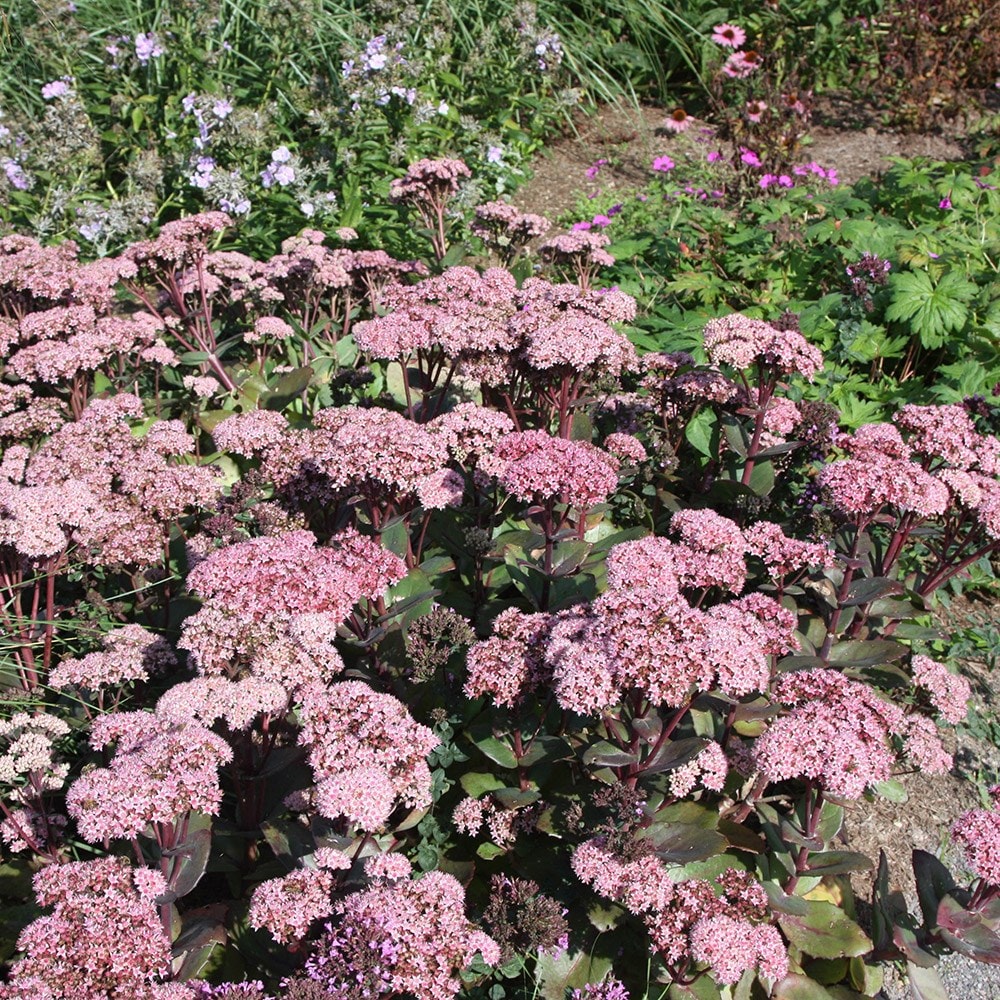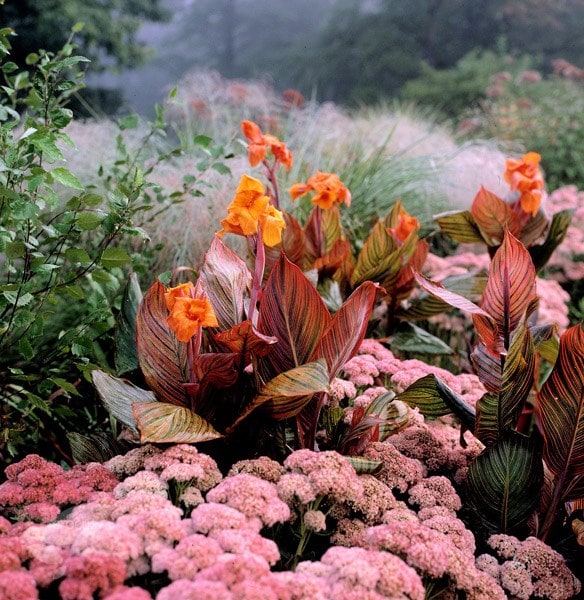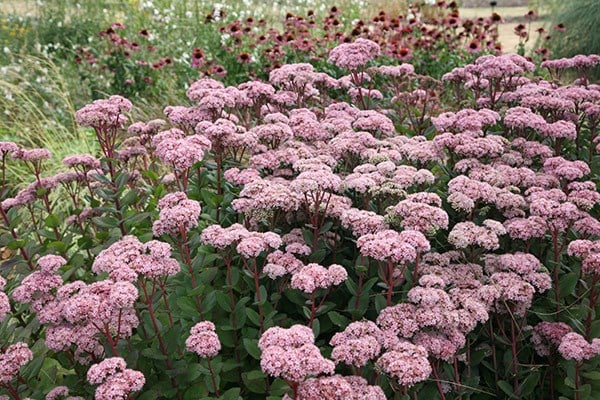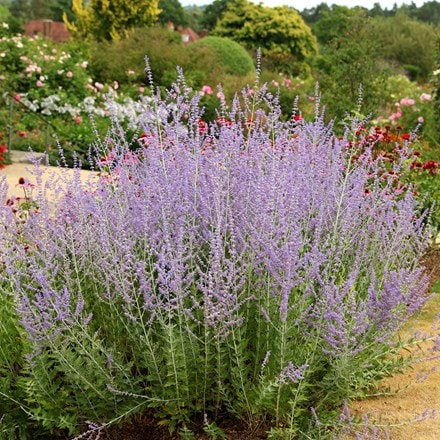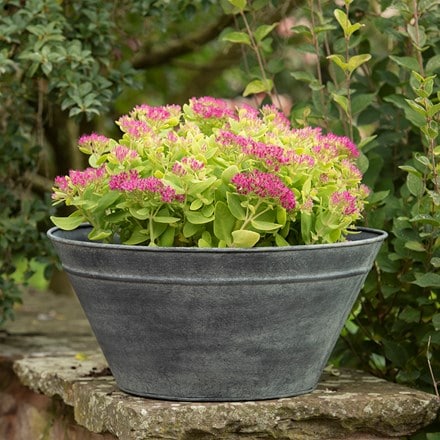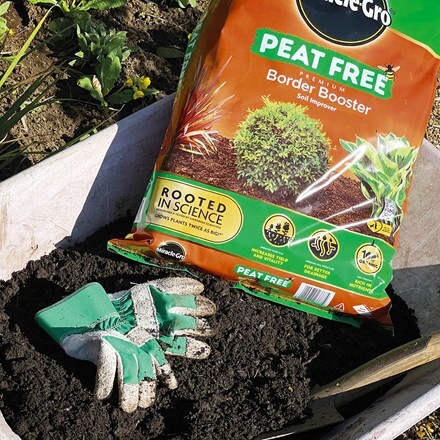Hylotelephium 'Matrona'
stonecrop ( syn. Sedum )
Succulent leaves, flushed with bronze, are held on purple stems, which in late summer, are topped with clusters of soft pink flowers....
Stout, statuesque and upstanding with fleshy large leaves that colour up from pigeon-grey to smoke-purple in dry weather- followed by pale-pink stars
GOES WELL WITH
How to create a wildlife-friendly garden
Wildlife-friendly gardens are not only more interesting as you can watch all the comings and goings, but they are often more productive as many creatures will help increase pollination. Garden ponds act as a magnet to dragonflies and damsel flies, along w
Read full articleDealing with common pests and diseases
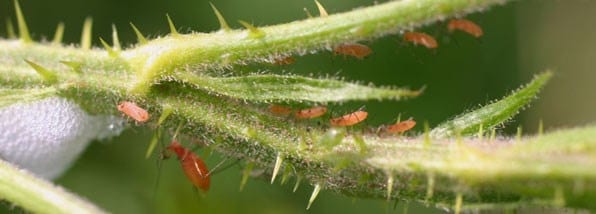
One of the first things you learn when you start gardening is that plants are not alone in the garden. There is a whole host of bugs that set up home in your beds and borders as well as an alarming range of microscopic bacteria, fungi and viruses that are
Read full articleSeaside
Gardening by the coast offers specific challenges and opportunities. You can take advantage of the mild climate to grow not-so-hardy plants with confidence, but will have to choose them carefully to ensure they can cope with the buffeting winds and salt-
Read full articleAphids

Most commonly thought of as the small, fat, green insects covering roses. However, aphids can also be black, yellow, pink, greyish-white and brown. They are all about 2mm long, round and full of sap.
Read full articleThe Chelsea Chop (and other methods of extending the flowering season)
Many gardeners who are happy, even gung-ho, with the secateurs when pruning shrubs and climbers are surprisingly reluctant to take the shears to herbaceous perennials. Maybe this is because it just doesn't seem quite right to be cutting back all that new
Read full articleThe Chelsea Chop
In the third week of this month you can 'Chelsea chop' your summer-flowering perennials to delay their flowering times. Sedums can be cut back by two thirds to provide lusher foliage, but at the expense of flower.
Read full articleSedums - late summer jewels
Essential plants for adding late summer sparkle to the garden, Sedums will also attract beneficial insects including bees and butterflies. ‘Purple Emperor’, a red-flowered sedum that has neatly crimped dark foliage with a satin sheen. This sedum doesn’t
Read full articleDecorative seed heads for the autumn garden
As the days shorten, the autumn sun sinks a little lower every day and begins to backlight the borders, picking up detail and silhouette. There’s plenty to enjoy,- seed heads, in autumnal shades of brown and silver take centre stage, often lasting until m
Read full articlePlants with seedheads for the winter garden
Some plants have intricate seed heads which provide a profile and refuge to insects in a winter garden, and seed heads can be beguiling. However care must be taken not to allow seed heads that deliver hundreds of seed a free reign.
Read full articleLong flowering plants for your garden
When choosing plants for your garden you want some ‘core plants’, ones that will that offer weeks of flower, not just a few fleeting days. These stalwarts help balance out those ephemeral poppies, the plants with the tissue-paper petals that drop within a
Read full article


